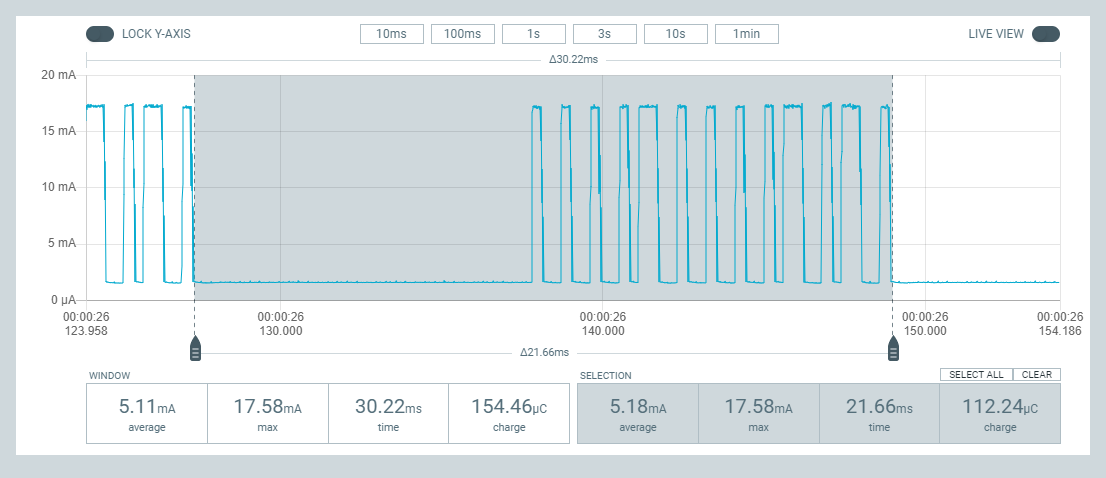It has been a long time but I’ve learned a few things that I wanted to share.
- This library of information (Thank you NeverDie and others) has been so helpful in my hobby developments.
- Software Defined Radios for signal analysis. With the help of Andreas Spiess explanation of IQ transformations, I learned about Software Defined Radios and I bought one (RTL-SDR). Using this I can clearly discriminate between effective 433 MHz transmitters and bad ones. Not only is the signal density displayed on the software (SDR#) but so is the frequency.
- Power Profiler Kit II has been indispensable in watching power usage and seeing into the details of the radio transmission. In effect this thing has saved me from buying an oscilloscope for my simple little bench.
- Tonight, I saw this video: https://www.youtube.com/watch?v=Z9nycymUd-I It describes common PCB errors. It is too advanced for me, but I did pick-up a few ideas about ground planes (tip #6 from the video).
I hope this is of some value for folks.

 Here is a view of what the Power Profiler Kit II sampler (100,000 samples/second) could see. This is my 433 MHz radio/motion-detector rig picking up motion and sending a HT12E 12-bit address/data byte. Really fun to see that the ones and the zeros can be clearly seen in the FSK profile of the measured current of the device.
Here is a view of what the Power Profiler Kit II sampler (100,000 samples/second) could see. This is my 433 MHz radio/motion-detector rig picking up motion and sending a HT12E 12-bit address/data byte. Really fun to see that the ones and the zeros can be clearly seen in the FSK profile of the measured current of the device.